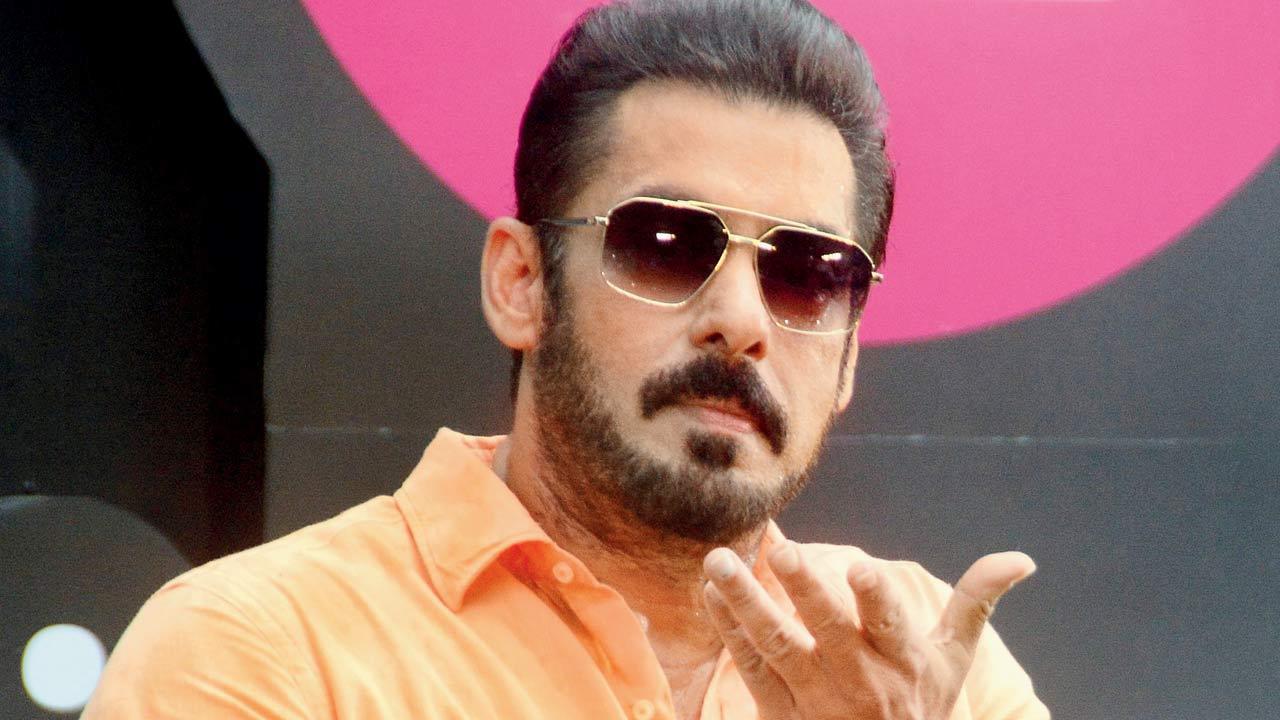
In what can only be described as a sensational moment, England’s man of crisis, Ben Stokes, once again lived up to his moniker with a dramatic comeback in international cricket. On Friday, March 8, Stokes did not simply return to bowling; he bowled a delivery that would be etched in the memories of cricket fans for years to come. The scene was set as India’s captain, Rohit Sharma, stood confidently at the crease, until Stokes delivered a masterstroke.
The stage was set for the comeback of Stokes, who had not set foot in the bowling attack since undergoing successful knee surgery following the ODI World Cup in November of the previous year. His journey to recovery was meticulous, with demanding rehabilitation sessions and consistent practice in the nets leading up to the Test match in Dharamsala. The anticipation of his return was already high, and what occurred exceeded all expectations.
It was the second over after lunch when Stokes, with a stern resolve, decided to bring himself into the attack. With his very first delivery, he made an impact that rippled through the stadium and beyond. The ball—a precise delivery that hit the seam and deviated ever so slightly—left Sharma baffled by the movement. The off-stump was sent flying, marking a statement that Stokes was back, not just in presence, but in prime form.
The remarkable dismissal was more than just a personal triumph for Stokes; it was a moment of awe for many of his England teammates. Mark Wood and Ben Duckett, among others, couldn’t hide their amusement. Jokes and laughter were shared, but Stokes remained undemonstratively focused amidst the celebration. The wicket stood as a testament to his undeniable skill and pivotal role in the team.
Stokes’s journey back to this point was a calculated one, with England’s squad selection for the World Cup clearly keeping in mind his strategic value. A gamble that indeed paid off, Stokes amassed a total of 304 runs during the tournament, finishing as England’s second-highest scorer. His contributions, inclusive of two fifties and a hundred, were instrumental in guiding the team to qualify for the ICC Champions Trophy 2025.
On the other side, India fielded a capable team with Yashasvi Jaiswal and Rohit Sharma opening the batting lineup, followed by young talents like Shubman Gill and Devdutt Padikkal. With all-rounders like Ravindra Jadeja and experienced figures like Ravichandran Ashwin, the team was balanced and poised for a challenging match. The inclusion of Mohammed Siraj and Jasprit Bumrah heightened the expectations of a robust bowling display.
England’s lineup mirrored a mix of experience and fresh energy with players like Joe Root bringing in their extensive Test experience. Jonny Bairstow and Ben Foakes were expected to provide solidity in the middle order as well as behind the stumps. Young blood in Tom Hartley and Shoaib Bashir was infused to complement the seasoned attributes of James Anderson and the fiery pace of Mark Wood.
Stokes’s magisterial return to bowling and the subsequent important dismissal of India’s captain showcased his pivotal role in the team’s lineup. It was a moment of interruption in what was a steady inning from Sharma, but also a moment of reassurance for the England camp – their captain could be relied upon not just for his batting prowess, but also for making crucial breakthroughs when it mattered the most.
As the match progressed, it became clear that Stokes’s comeback was not a fleeting moment of glory but a reminder of his enduring capability to sway the fortunes of a game. Shifts in momentum are part and parcel of cricket, yet it is the ability to catalyze such shifts that sets players like Stokes apart. With his return to the fold as a bowler, England’s arsenal seems ever more robust, and the cricketing world watches with eager anticipation to see what he delivers next.










